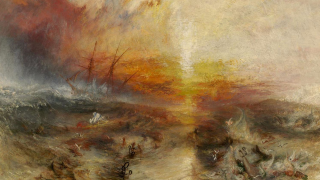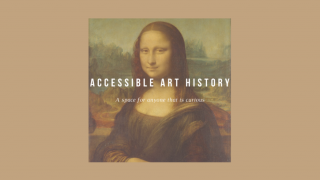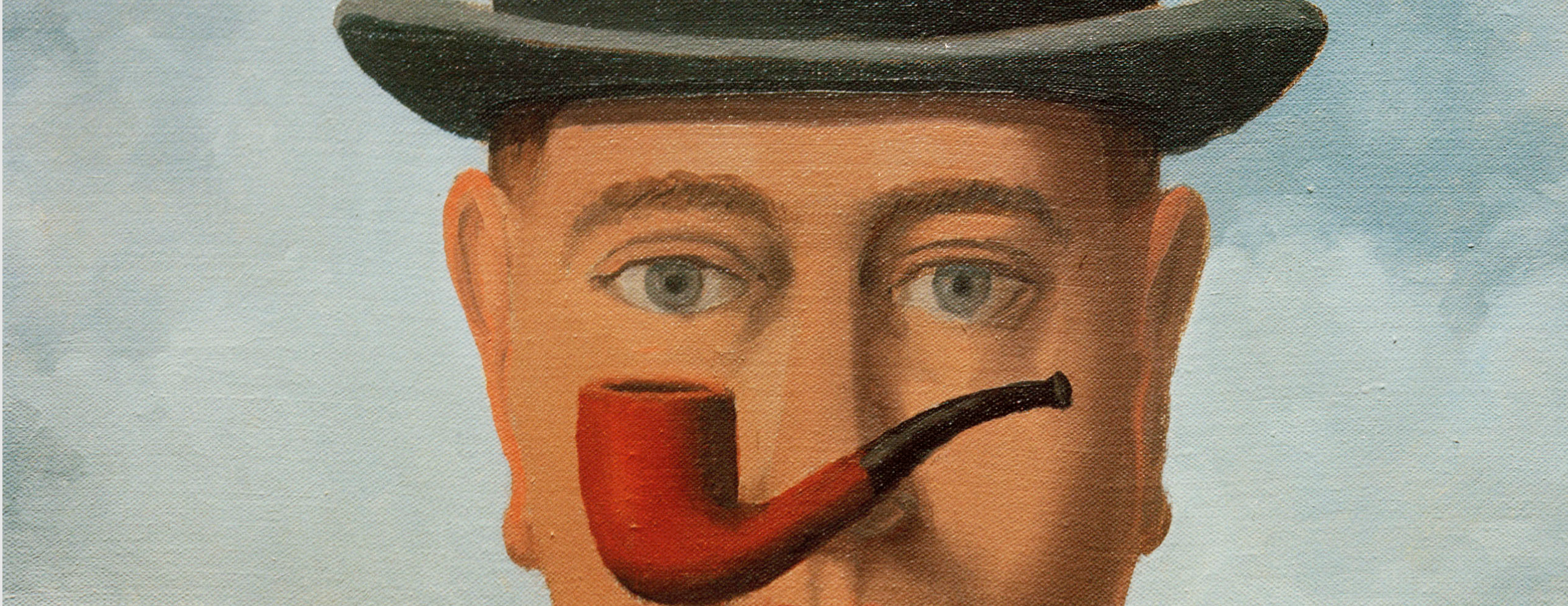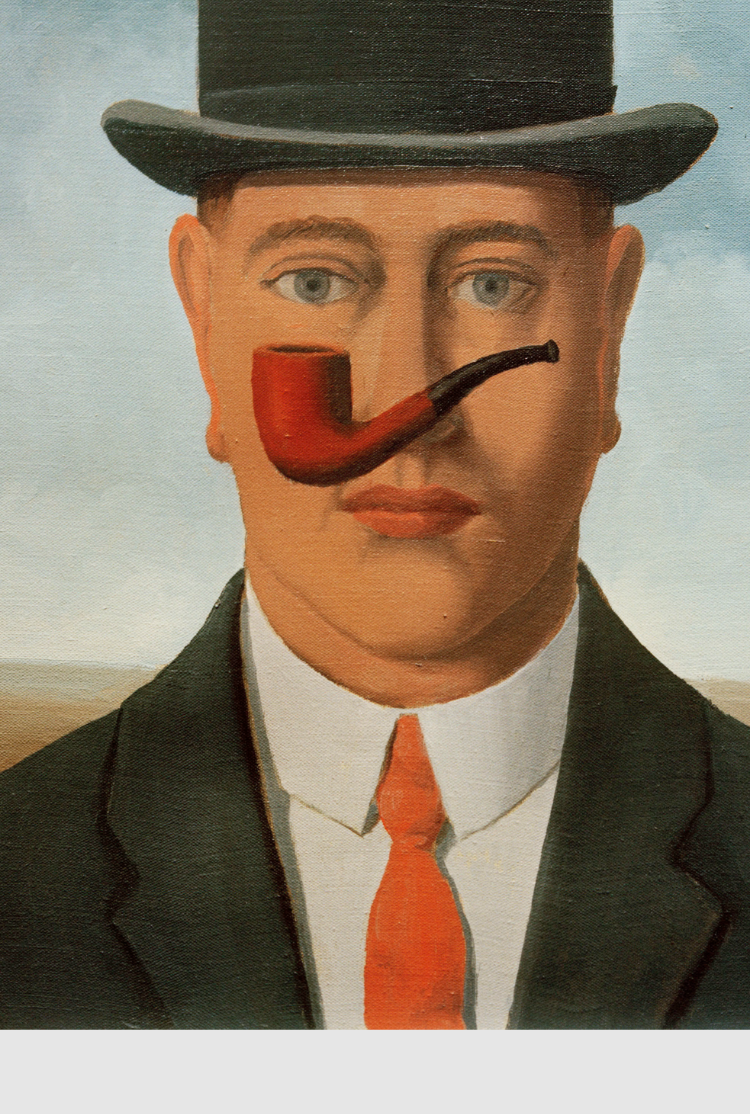back
Figures of slavery in the history of art
Long invisibilised by Western art history, the figure of the slave - and more specifically that of black people - is rarely represented in European painting before the end of the 18th century. Confined to subordinate or exotic roles, they appear in compositions that reflect the power relationships and dominant visions of the time. From the 19th century onwards, some artists took a more explicit stand against slavery. But the story does not end there. These representations remain marked by tensions: between the colonial gaze, persistent stereotypes and attempts at rehabilitation. Today, many contemporary artists are revisiting these narratives to deconstruct the imposed images and reintegrate black people into a visual history of resistance, subjectivity and living memory.
Conservator Tirza Mol tells us about the tragic circumstances of the transatlantic slave trade notably on board the White Elephant, a ship that testifies to the organised, cruel and dehumanising trade in humans the Dutch were involved in.
Content produced by: Rijksmuseum
To watch all the episodes of “Rijksmuseum Unlocked”, click here !
DiscoverOn the agenda

video - 5:58
Ships of Agony
By: Rijksmuseum

podcast - 23:46
JMW Turner’s The Slave Ship (1840)
By: The Lonely Palette

video - 5:36
The Chain is Broken
By: Rijksmuseum

podcast - 7:31
The Slave Ship by JMW Turner
By: Accessible art history

video - 4:12
Emory Douglas: “Land, bread, housing, justice, and peace”
By: San Francisco Museum of Modern Art

video - 6:30
Art is a Process: Michelangelo’s Slave Sculptures
By: Amor Sciendi



